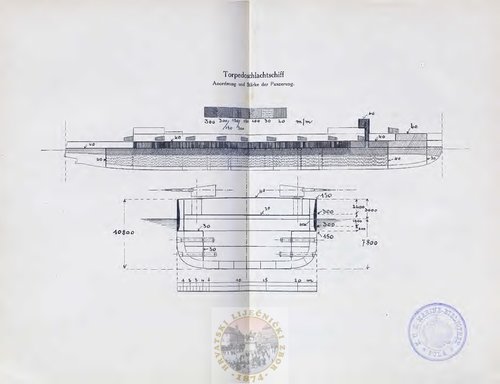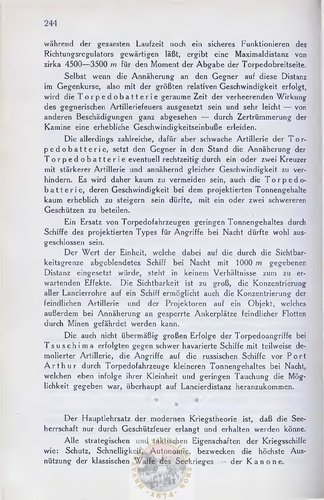Interesting find! I always find it intriguing to think about how there was uncertainty regarding how technology would develop - and how wrong I could have been in some of my speculations if I'd been alive at the time. The idea that heavily armoured torpedo ships could resist the QF guns and luckily miss hits from the main guns of dreadnought to destroy it with a single salvo... is appealing... it reduces the uncertainty and provides another avenue to the Jeune École to advance...
In 1896 the HMS Resolution was still conducting cutlass drills, parrying and thrusting. The cutlass itself wasn't retired to "ceremonial" until 1936.
Among individuals there was a great deal of nuance about how the new naval engagements were going to take place, but organizationally, it was little more complicated than to close and reenact the Monitor vs Virginia, and hope for the best with numbers and quality.
Despite the ever increasing calibers and ranges of the guns afloat, the prevailing RN paradigm was that the pre-dreadnaughts were going to close quarters and blast away.
Gunnery practice was expensive. Lord Charles Beresford noted firing at a hundred yards distance at cliffs in Malta, and then being sent to retrieve the cannonballs.
Many captains were paying out of their own coffers to paint their ships and keep them shiny, which was given heavyweight in promotion considerations. Gunnery covers crews and ship with powder residue. It was long considered by most that anybody could fire a gun, and that it would be done voluminously at close quarters where daring RN captains would sink anyone foolhardy enough to not flee or surrender. Few were very concerned with the results of the practice.
Seemingly took ages for Percy Scott and others like him to shift focus towards gunnery even after the all-steel ships with large guns.
That's all a tad trite and simplistic on a nuanced subject of evolving tactics and technology, but not certainly no more so than anachronistically reading our modern conclusions into the 1890's. So the Kaiser(Honorary Admiral of the Royal Navy, and one-time idolizer of his uncle the Prince of Wales, both competitors at Cowes)'s torpedo ship probably looked somewhat bold and outlandish at the time, but nowhere near as ridiculous as it (rightly) seems now in retrospect.














